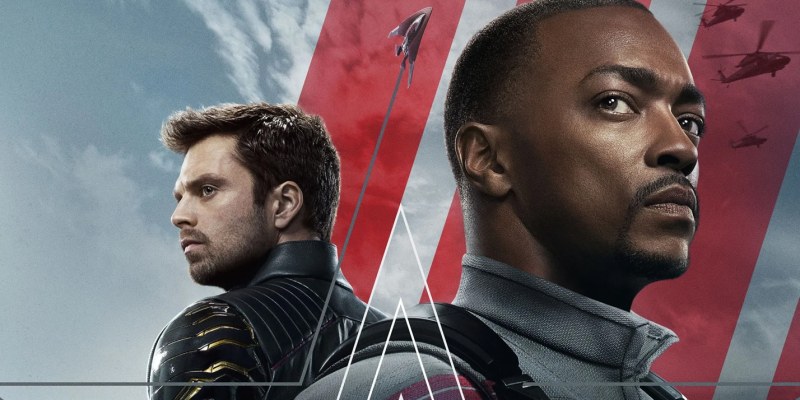This article contains light spoilers for the first episode of The Falcon and the Winter Soldier on Disney+. If you’ve been following trailers and casting announcements, there’s nothing major here.
The Falcon and the Winter Soldier doesn’t begin too far removed from Captain America: The Winter Soldier. Both open on the title character jumping out of a plane to foil a terrorist attack being masterminded by the sinister mastermind Batroc the Leaper (Georges St‑Pierre). It’s a deliberate and conscious callback that serves to position The Falcon and the Winter Soldier as both a follow-up and a new chapter of the story that really kicked into gear with The Winter Soldier.
Allowing for his prior appearances in Captain America: The First Avenger and The Avengers, it was The Winter Soldier that really brought Steve Rogers (Chris Evans) into the 21st century. It was also the launching pad for the second wave of the Marvel Cinematic Universe. Directors Anthony and Joseph Russo would shepherd the Avengers franchise after Joss Whedon parted ways with Marvel over Avengers: Age of Ultron, directing Captain America: Civil War, Avengers: Infinity War, and Avengers: Endgame.
It is logical for The Falcon and the Winter Soldier to cite The Winter Soldier as a point of reference. While Bucky Barnes (Sebastian Stan) had been introduced in The First Avenger, he was reintroduced in his “Winter Soldier” persona in The Winter Soldier. Sam Wilson (Anthony Mackie) debuted as an ally and friend to Steve in The Winter Soldier. The Falcon and the Winter Soldier is about Sam and Bucky navigating their lives after Steve’s departure, so of course The Winter Soldier is a touchstone.
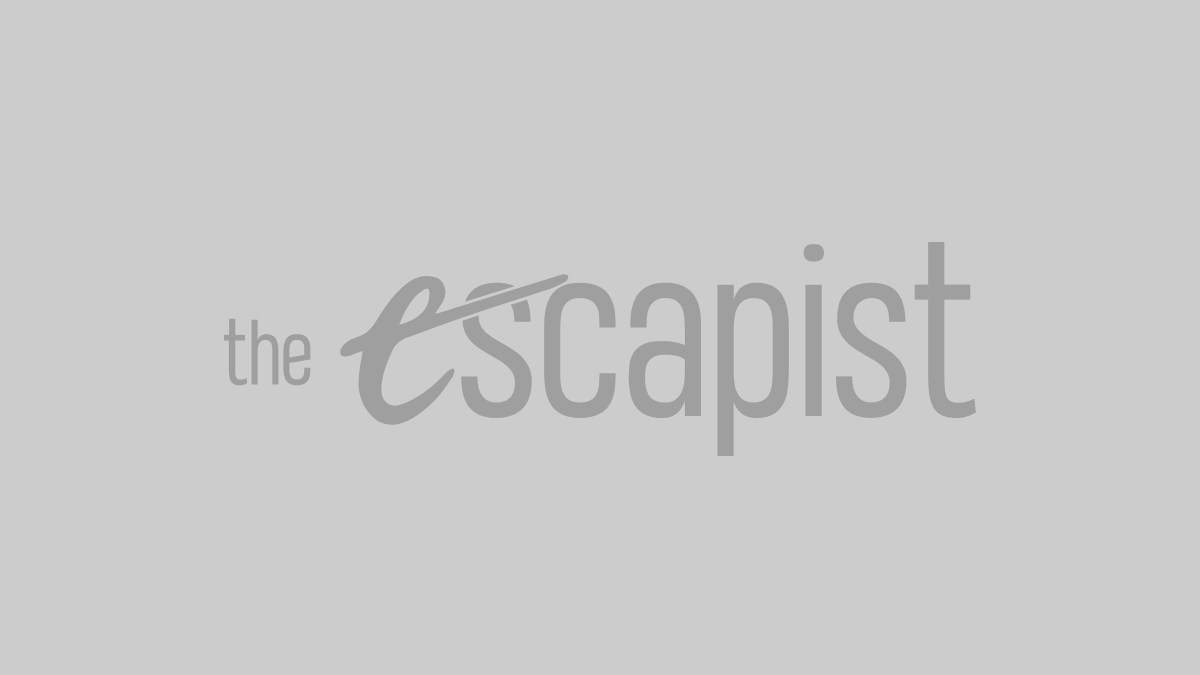
However, The Falcon and the Winter Soldier distinguishes itself from The Winter Soldier, offering something of an evolution of that beloved MCU cornerstone. The Russos framed The Winter Soldier as a loving homage to 1970s conspiracy thrillers like Three Days of the Condor, Marathon Man, and All the President’s Men. In contrast, showrunner Malcolm Spellman and director Kari Skogland seem to position The Falcon and the Winter Soldier as an ode to 1980s and 1990s action movies.
The Falcon and the Winter Soldier was originally intended to be the first Marvel Studios project to premiere on Disney+, before the pandemic led to a reshuffling of the company’s release schedule that placed WandaVision as the company’s beachhead into television. In some ways, this was fortuitous, as the opening stretch of WandaVision was a loving ode to the medium of television. If television (and streaming) was a priority for Disney, WandaVision staked a clear claim.
In contrast, The Falcon and the Winter Soldier makes sense as a streaming series that would complement a slate of theatrical releases. The original schedule suggested that it would release between Black Widow and The Eternals. Watching the premiere, The Falcon and the Winter Soldier looks and feels more like “a Marvel movie, but as a four-hour streaming show” than the structurally ambitious opening stretch of WandaVision. Sam and Bucky never host a magic stage show.
The Falcon and the Winter Soldier avoids any of the ambiguity or “mystery box” plotting that defined WandaVision in its early episodes, immediately situating the viewer in the familiar MCU. It even front-loads its big shared universe cameo from another superhero in a similar position to Sam, with an extended portion of the episode’s early stretch taking place inside the same Smithsonian exhibit honoring Steve Rogers featured in The Winter Soldier.
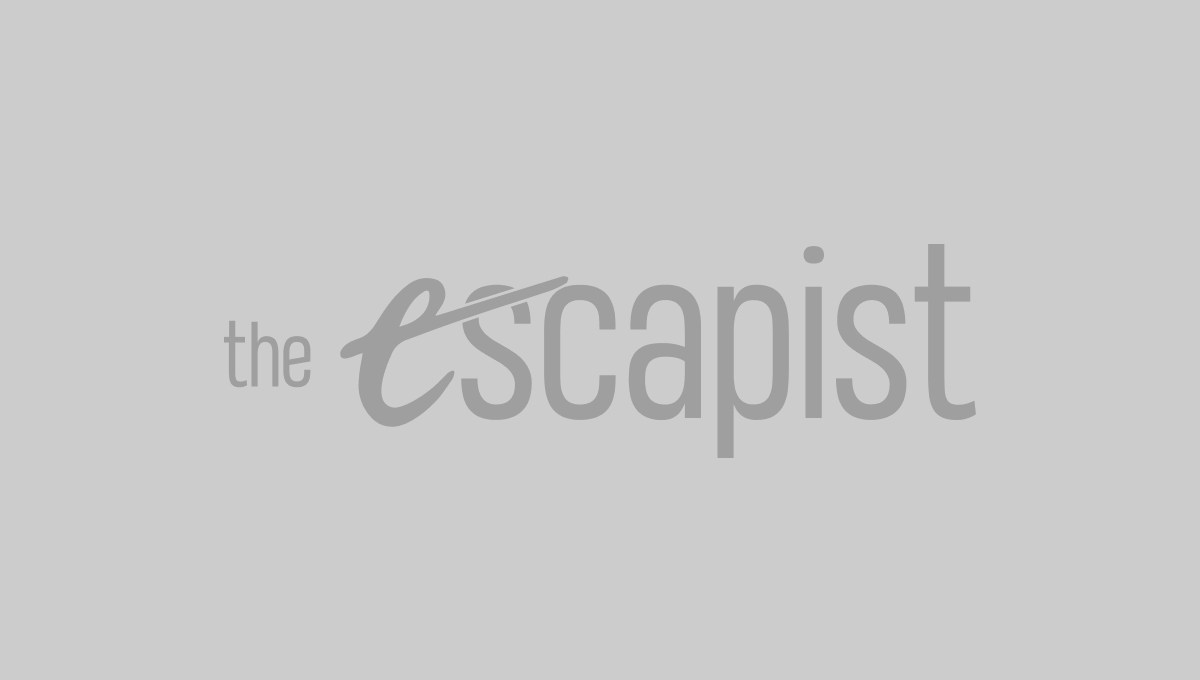
The show’s opening action sequence is blockbuster-worthy. It runs 10 minutes and is a joy in a year where audiences have (outside of rare exceptions like Tenet) largely been denied this scale of spectacle and fun. It also plays as a steroid-addled homage to throwback action movies like Drop Zone or Terminal Velocity. Tailored specifically to Sam Wilson’s aerial skill set, the opening action sequence features a gleefully absurd showdown with a set of paragliding terrorists.
The opening scene is cut a little too frantically, but in its best moments it asks the audience to imagine the MCU through the lens of Tony Scott or Kathryn Bigelow in their 1990s heyday. It isn’t the only way in which The Falcon and the Winter Soldier takes several cues from 1980s and 1990s action cinema. After all, the show’s fish-out-of-water buddy cop premise with Anthony Mackie and Sebastian Stan recalls classics like 48 Hrs., Lethal Weapon, The Last Boy Scout, and many more.
With his nightmares processing his PTSD, and his active resistance to therapy as a way of working through it, Bucky is framed in a way that recalls the Vietnam-scarred protagonist Martin Riggs (Mel Gibson) in Lethal Weapon. Meanwhile, Sam is given a dramatic and grounded arc about trying (literally) to keep his family’s livelihood afloat. None of this stuff is radical or novel, but it plays well to Mackie and Stan’s strengths as performers and positions the show in a particular framework.
This retro sensibility is reflected in the small touches as well. The opening action sequence doesn’t unfold within some fictional country or modern geopolitical hotspot, but instead in the air near the Libyan border. The Falcon and the Winter Soldier even gets meta, casting Wyatt Russell as the government-approved superhero John Walker. Wyatt is the son of 1980s action legend Kurt Russell, suggesting perfect casting for a 1980s-era action-oriented MCU.
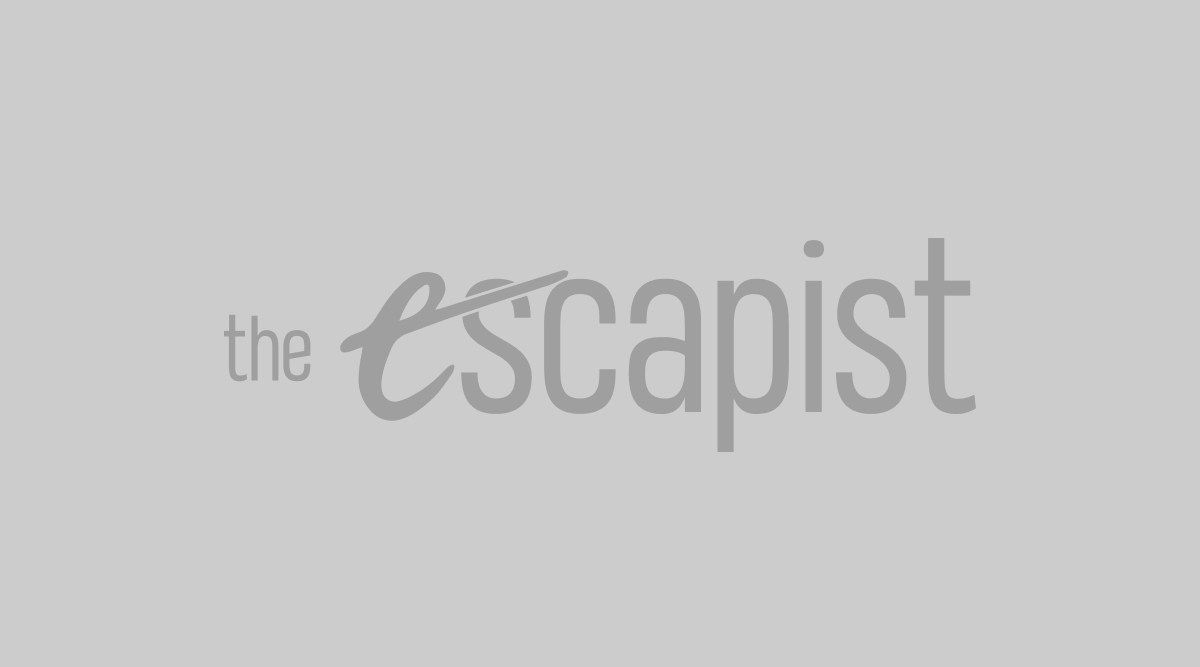
The Falcon and the Winter Soldier (perhaps wisely) avoids gesturing too strongly at big ideas and themes, at least early on. There are seeds of potentially interesting developments as Sam launches an investigation into the mysterious “Flag Smashers” and hints of something rotten inside the establishment. Still, in its first episode, The Falcon and the Winter Soldier sidesteps a lot of the heavier and thornier subtext of its predecessors like The Winter Soldier and Civil War.
At times, The Falcon and the Winter Soldier is careful to assure fans that it isn’t going too far. There is a lot of talk about the idea of Sam as a potential successor to Steve Rogers, implicitly as Captain America. “We need new heroes,” an old friend assures him. “The world’s broken. Everybody’s just looking for somebody to fix it.” The idea that a black man can become Captain America is radical and brilliant, and it’s reflective of a world that is changing – and that needs to change.
However, The Falcon and the Winter Soldier is also quick not to set boundaries. The first episode implies that Sam will have to contend with villainous anarchists who want to break down borders and embrace some form of vague global unity. There’s a lot of couching here, with The Falcon and the Winter Soldier careful to make clear that Sam might be a representative of these “new heroes,” but he won’t be a radical. It’s all intentionally abstract at this point.
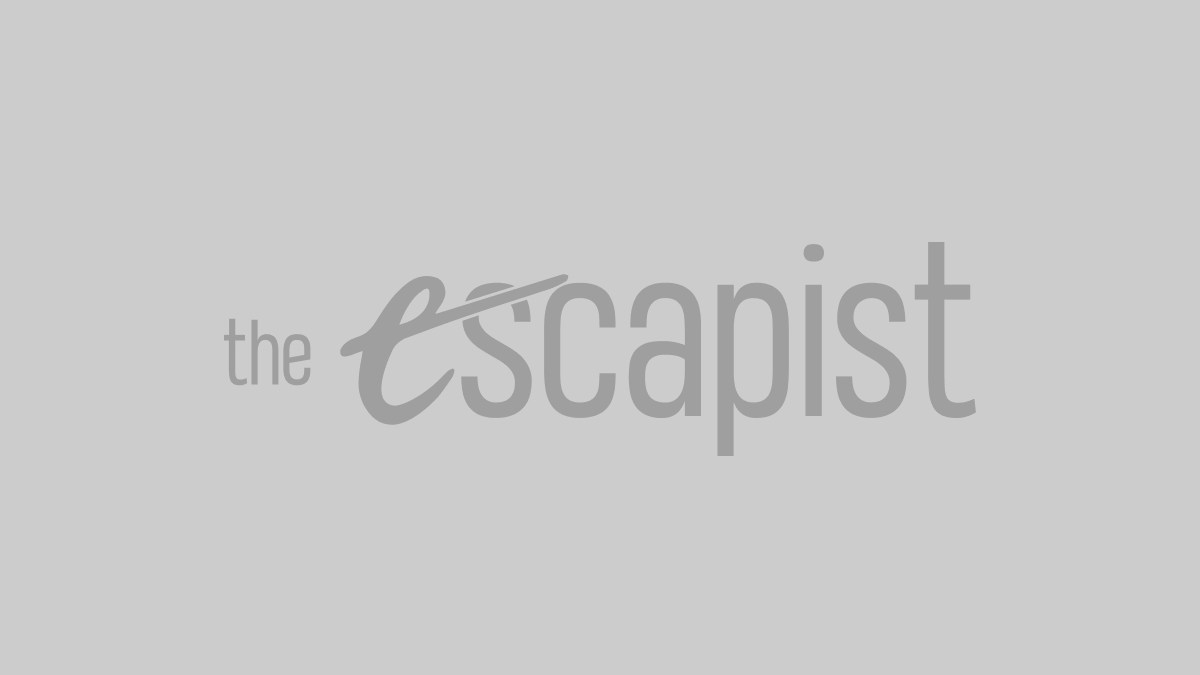
This might be for the best. In one sequence, Sam attempts to awkwardly explain how the finances of superheroes work, a moment acknowledging the absurdity of grounding these characters in the real world. Instead, The Falcon and the Winter Soldier is most interesting when it foregrounds character, taking advantage of the luxuriant six-episode format to give both Sam and Bucky space to breathe as human beings – Sam as a man returning to a family he abandoned, Bucky as a man out of time.
This is a smart move. Many of the conventions of the MCU arguably work best when filtered through the lens of 1980s action cinema, from the embrace of spectacle through to the endorsement of the American military. There’s a solid argument that the MCU lends itself to the moral certainty of the spectacle-driven 1980s action movies that The Falcon and the Winter Soldier embraces more than the paranoid anti-establishment 1970s thrillers that inspired The Winter Soldier.
The Falcon and the Winter Soldier knows what it is, and it is off to a strong start. Episode 1 premieres on Disney+ on March 19.
